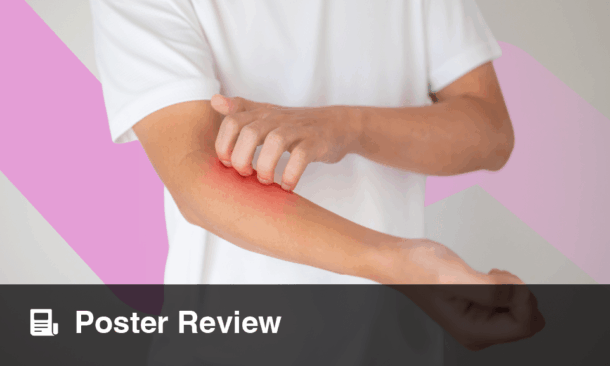HIDRADENITIS suppurativa (HS) is closely linked with excess weight: around half of patients are overweight or living with obesity. Dysfunctional adipose tissue is thought to fuel HS activity by releasing pro-inflammatory adipokines and cytokines while suppressing protective adiponectin.
Weight reduction, via structured diet or bariatric surgery, improves symptoms for many; yet achieving and sustaining clinically meaningful loss is notoriously difficult. Against this backdrop, glucagon-like peptide-1 receptor agonists (GLP-1 RAs), first used for type 2 diabetes, have emerged as potent weight-loss agents with possible anti-inflammatory actions, making them attractive candidates in HS care.
This retrospective cohort study reports encouraging early outcomes with GLP-1 RAs in patients with HS. By month six (M6), 50–60% achieved at least a one-point improvement across validated HS severity measures, echoing signals from earlier small case series. The authors propose a dual mechanism. Indirectly, weight loss may lessen mechanical friction in flexural sites, reduce moisture and maceration, and dampen the obesity-related state of low-grade systemic inflammation. Directly, GLP-1 RAs may lower inflammatory cytokine production, blunt Toll-like receptor–mediated responses to bacterial stimuli, and promote tissue repair by reducing matrix metalloproteinases, offering a plausible immunomodulatory benefit beyond weight change alone.
As a real-world analysis, the study carries important caveats. Patients were receiving heterogeneous HS treatments, complicating attribution of benefit to the GLP-1 RA itself. To address this, the investigators performed a focused analysis of individuals whose HS therapy had remained unchanged for 12 months prior; within this subgroup, all outcomes improved significantly at M6. Use of institutional data warehouses, contributing 85% of cases, helped limit recall bias, though biological markers, including glycaemic indices, were unavailable, restricting mechanistic insight.
Taken together, these findings suggest GLP-1 RAs could broaden the therapeutic toolkit for HS, particularly for patients with concomitant obesity, and potentially even for those without, via anti-inflammatory effects. The signal is promising but not definitive. Rigorous, adequately powered randomised controlled trials, with standardised background therapy, longitudinal biomarker sampling, and patient-reported outcomes, are now needed to determine efficacy, optimal candidates, and durability of response. For clinicians, GLP-1 RAs may be a pragmatic consideration in HS management where weight loss is a goal and comorbid metabolic risk is present, pending confirmatory evidence.
Reference
Sánchez-Feliciano A et al. Glucagon-like peptide-1 receptor agonists in the adjunctive treatment of patients with hidradenitis suppurativa: a systematic review. J Am Acad Dermatol. 2025;DOI:10.1016/j.jaad.2025.06.077








